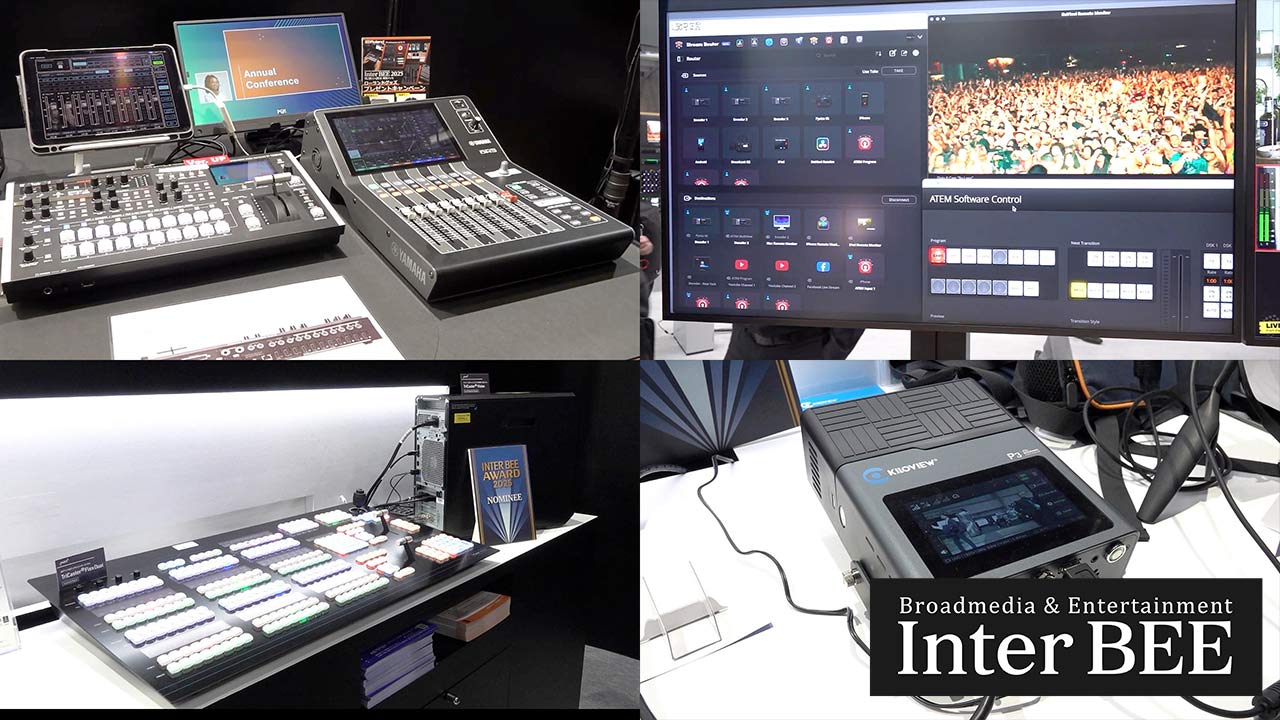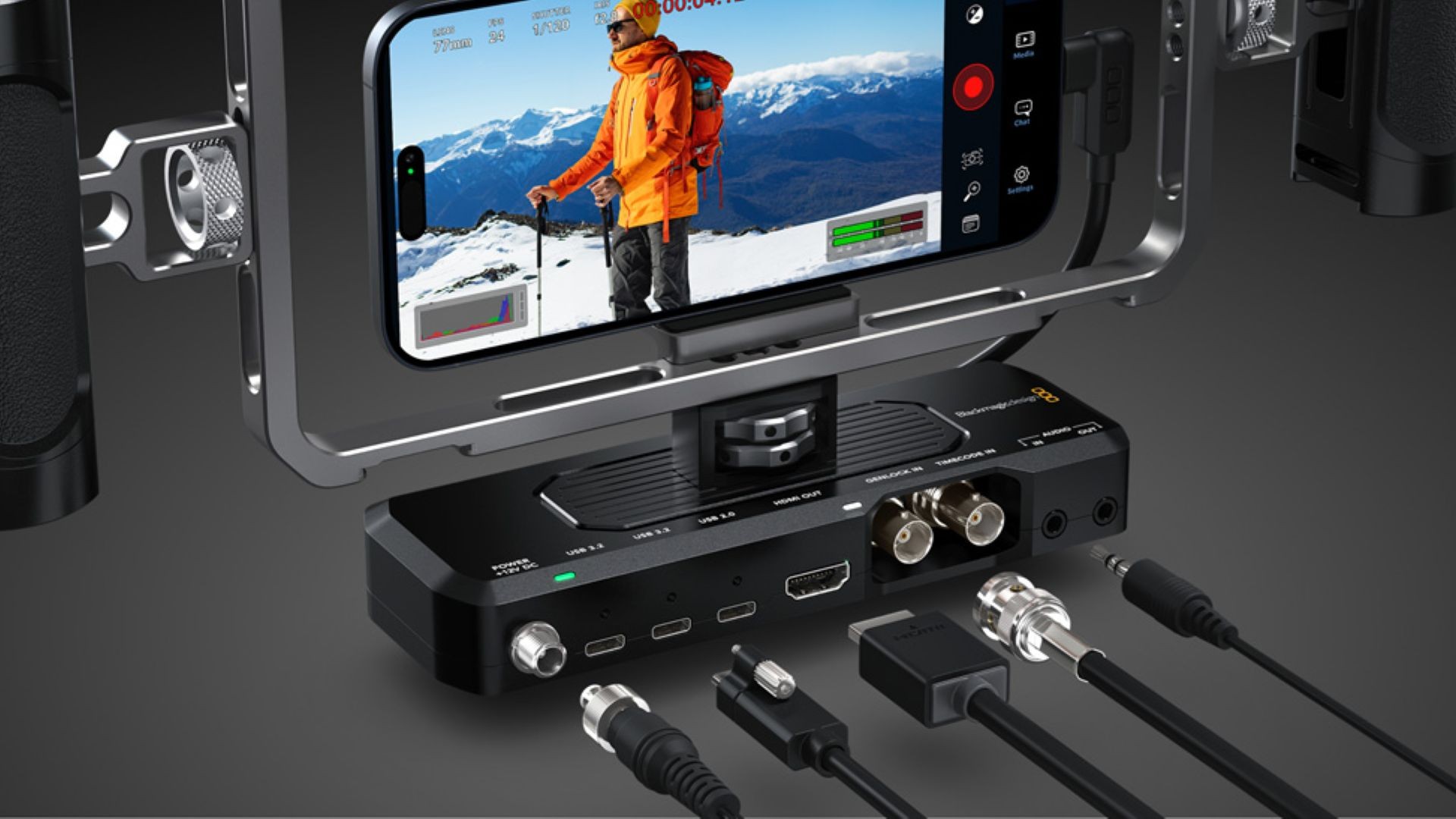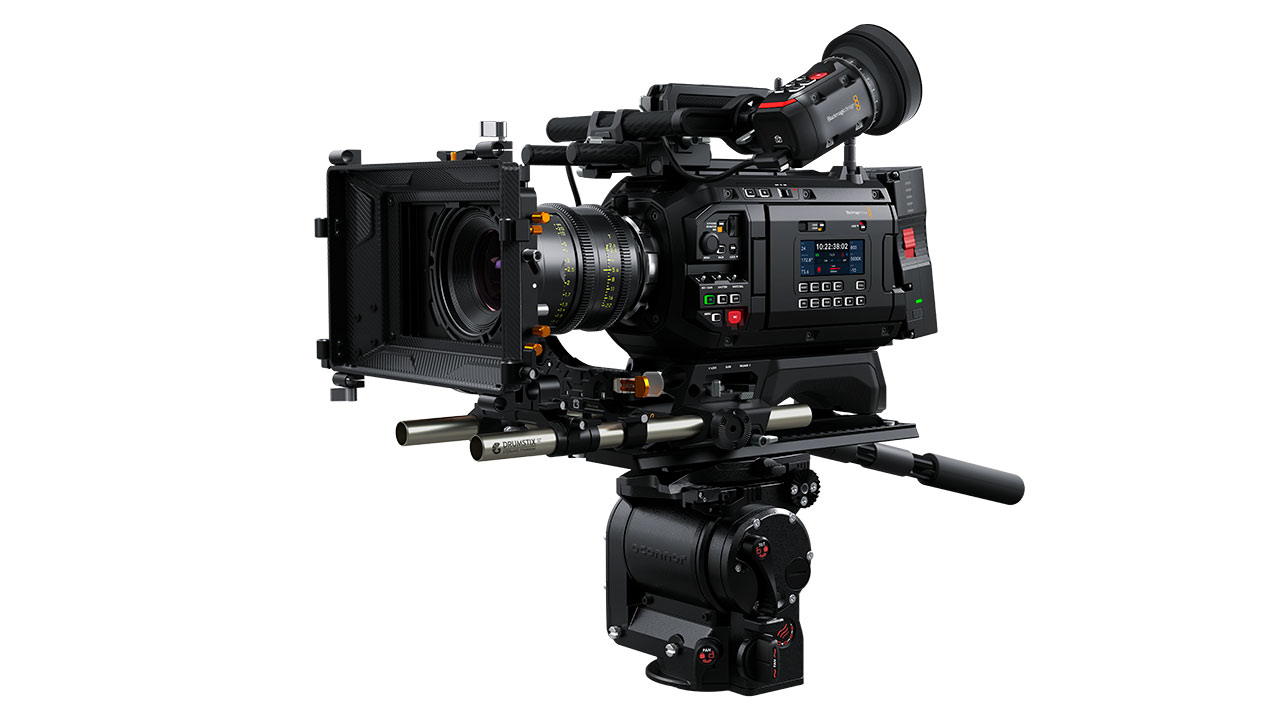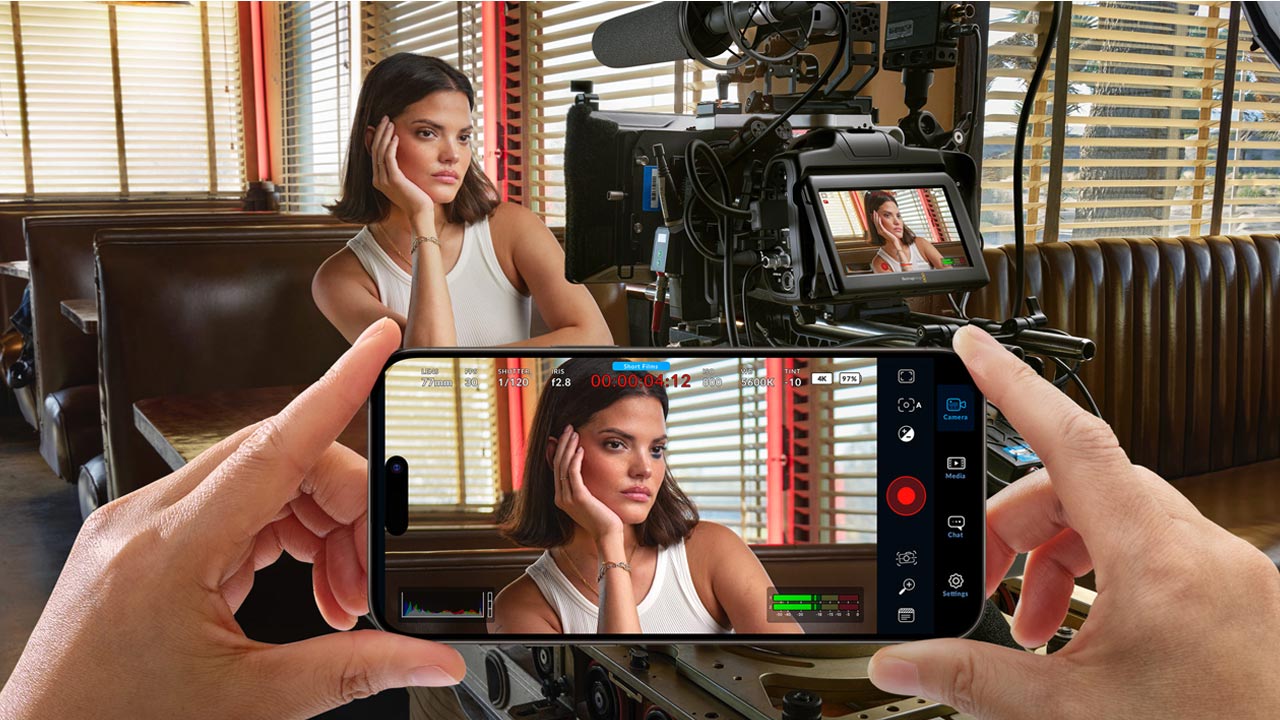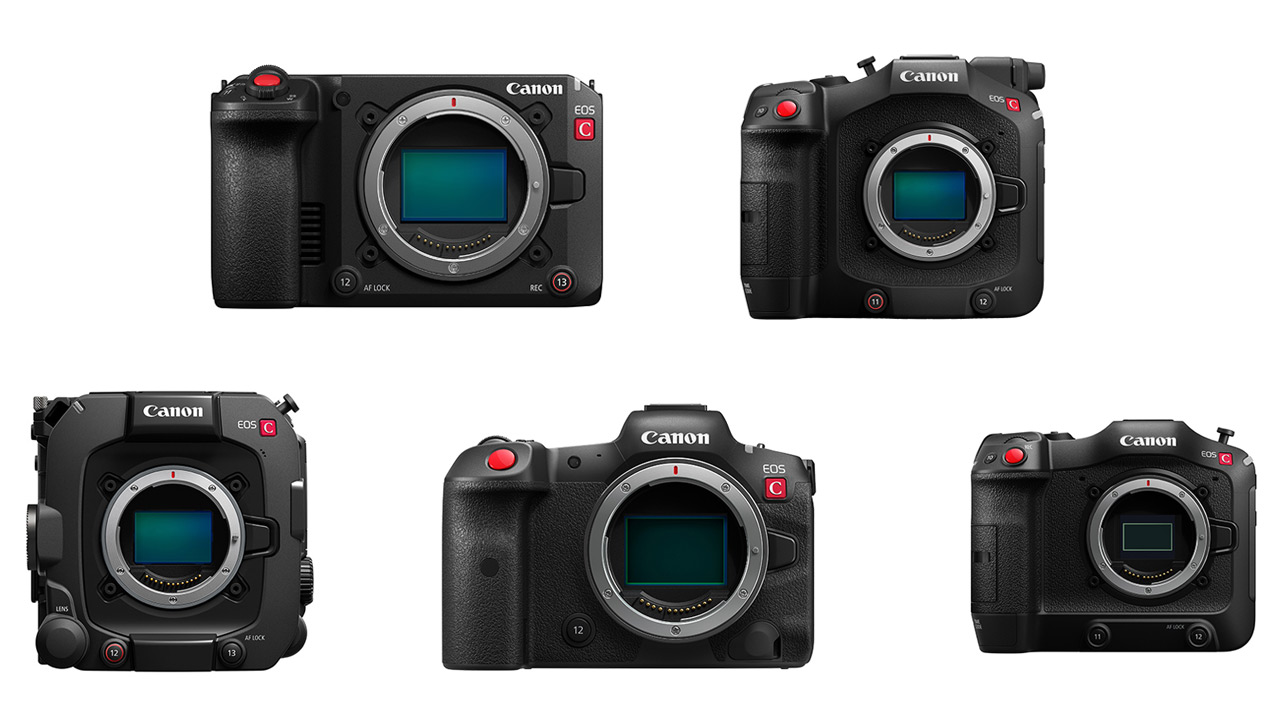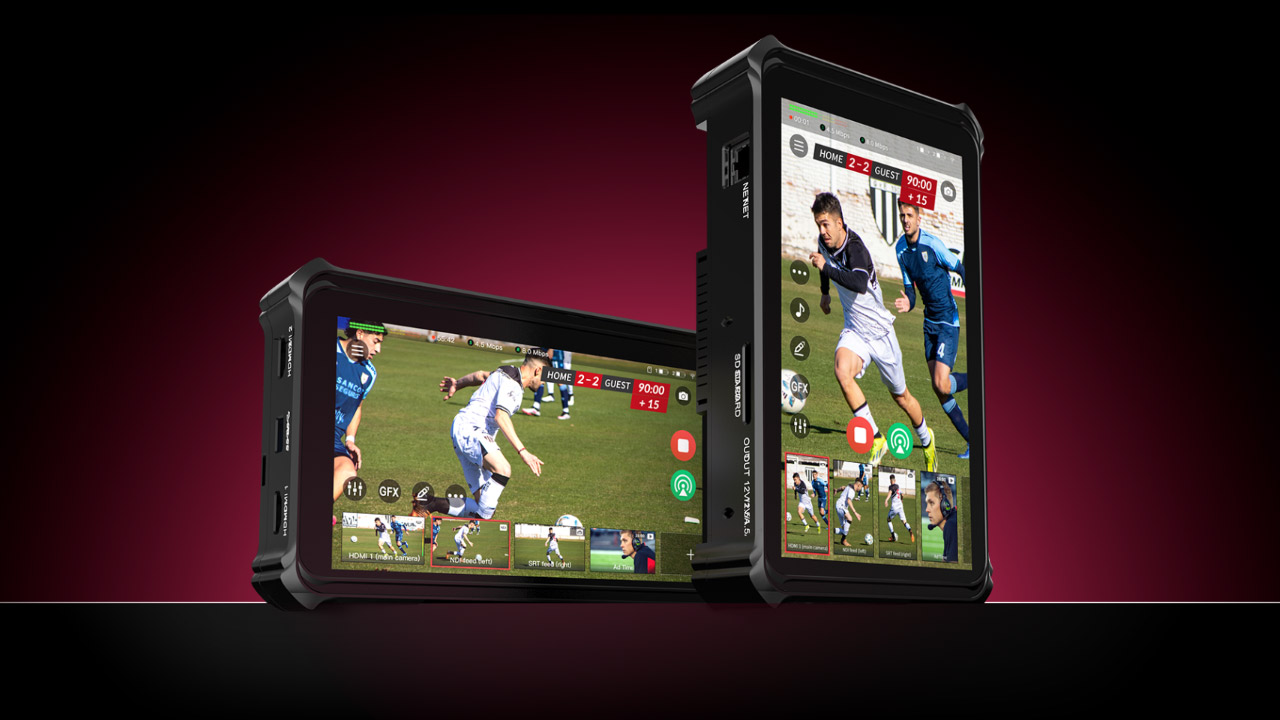
According to Blackmagic Design, Prime Video used the URSA Mini Pro 12K to shoot “On a Wing and a Prayer,” a story of belief and survival based on a true story.
The film follows a family who go to extreme lengths to land their plane safely after the pilot’s sudden death mid-flight. Doug White (Dennis Quaid), who has never piloted a twin-engine King Air airplane, struggles to save his entire family from tragedy. Aided by distant “angels,” the White family race against time and weather to learn much about themselves, each other, and the miracles of simple beliefs. The film is directed by Sean McNamara and stars Dennis Quaid and Heather Graham.
Commenting on the filming of the film and its unique approach to shooting on a set of utilitarian airplanes, cinematographer Christian Shevet said:
Cinematographer Chevett:
Sean and I have been friends for many years and have made many feature films. When we were working together on a film called “Reagan,” Sean asked me if I could shoot his next film with Dennis. Much of the story in this work, On a Wing and a Prayer, takes place inside a small private plane. It was a big challenge, and I wanted to accept it. It goes without saying that I enjoy working with Sean.
Sean and I flew to Las Vegas about six months before we were scheduled to shoot. The Scroggins Aviation factory had a King Air 200 aircraft that they bought for us. He is the real “hero” of this movie. The wings, tail, and engine have already been cut off, and I requested that the cockpit and windshield be removed separately.
That’s when I realized that there was literally only 10 cm between seats in the cabin, and only one person could move in the plane at a time. Of course you can’t stand up. The height of the cabin is just under 150 cm. And the cockpit was hard to get into without a camera. It was clear that this piece had to be shot with multiple cameras. There was also the trepidation of having Dennis Quaid and Heather Graham sit in a very cramped cockpit for days. In order to reduce their pain, we thought we needed to shoot as many angles as possible at the same time.

Director of Photography Chevett:
We used three Blackmagic Design cameras, one URSA Mini Pro 12K and two Pocket Cinema Camera 6K Pros, to shoot in the cramped cabin of the plane. Our talented first camera assistant, Ryan Pilon, attached the Mini Libra’s remote head to a 9m suspended techno-crane and moved it from the cockpit with the windshield removed to the rear of the fuselage, allowing passengers to get close. I came up with a way to shoot close-ups. It was a cool method, but it was difficult. These shots were super dynamic shots that I wanted to do early on, and I managed to do it.
After some testing, we installed a track in the ceiling that allowed the camera to take close-up shots of the actors in the cockpit from the back of the plane. Shooting in such a small space was not easy, but the characters moving around the plane made for a very dynamic and engaging shot. When shooting with a wide lens, the track on the ceiling shows up, so I removed it in post-production.
One of the benefits of the URSA Mini Pro 12K for this shoot was the ability to use it on a regular basis or stow it somewhere in the plane and shoot in high resolution. Now you can insert shots from the same angle, but at different sizes.
We added one more URSA 12K for a two-day shoot at the Georgia airport instead of Marco Island Airport (Naples, Fla.). For example, an airport fire brigade in a crash scenario slides off a pole, jumps into a truck, and rushes to the landing site. Placing the camera-less URSA 12K right next to the runway also gave us the flexibility to reframe where the real King Air 200 would land or taxi.
Another shot that I’m happy with is one that I didn’t think was possible even after a week of shooting on set. A URSA Mini Pro 12K with an ARRI Ultra Prime 8R lens mounted on a discreet liquid head was placed on the floor in the rear of the cabin. A mother and her two daughters are desperately praying, hoping for “divine intervention.” I wanted to capture their facial expressions as they held hands and shed tears from a 360° ultra-low angle. 1st AC Ryan was able to capture some very emotional and dramatic shots by laying on the floor and rolling the camera slowly and continuously. Of course, it is also used in movies.
Imagine a movie where the main characters are stuck in a tight spot for most of the story. I needed the shots to be as dramatic as possible to keep the audience engaged. Sean had the idea of moving from a wide shot of the exterior of the plane flying over to a close-up shot of the family on board long before I joined. The movement of the technocrane on the track was initially planned so that from about 30 feet away (using the digital King Air fuselage, wing and engine with VFX enhancements) we could move to a close-up of the person on board. The tight space made it very difficult to shoot, but we needed dynamic and engaging footage.

Director of Photography Chevette:
Because the Pocket Cinema Camera 6K Pro is so small, we built a rig that allows remote focus and aperture control. This made handheld shooting possible in very tight spaces. For example, the luggage compartment where we filmed some action scenes. I also removed the cockpit cover and fixed the Pocket 6K in a low position in the control stick mechanism, close to the throttle and rudder pedals. It was important for Dennis to show his face as he attempted to perform an intricate maneuver to save his family’s life. This was the most difficult scene in the work!
An Innovision Probe II Plus was used to capture dynamic close-up shots of the instruments that conveyed the plane’s status. This is a great lens that I love. With this lens mounted on my URSA Mini Pro 12K, I was able to capture some great angles. We also used Pocket cameras on the control tower set to film the air traffic controllers.
Even though we were shooting on a small set with limited lighting, we had no concerns about the quality of the various cameras. Blackmagic RAW is truly amazing. The cameras we used have excellent dynamic range and sophisticated color handling. The final image is indistinguishable from other high quality cameras. In addition, color science provides ample dynamic range in color correction.
There were many challenges in the planning stage of such a special work, but thanks to the excellent collaborators, we were able to clear everything up. Various departments proposed solutions to the problem. At times, we were even offered proposals from departments that we would never have thought of. It’s a magical truth that happens in this industry. If you always find your way in life, you will find it on a movie set. This work visually tells an exciting story. I hope that those who see the work will “board” with the characters and production staff and have an unforgettable experience.



